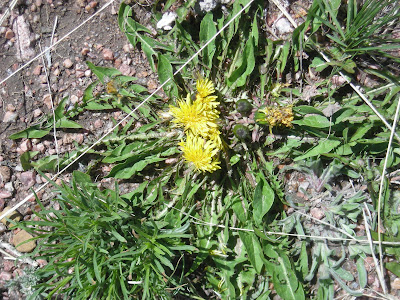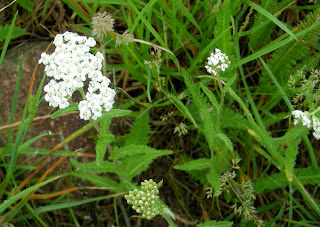 |
| Plant growing on the Great Wall of China |
Nevertheless, I wrestled with the recommendation that good photos should not just document having been there, but should say something--express emotion or art or make some kind of point. Because, of course, I have always taken pictures to show “this is a morning glory” and support biological ideas.
So, I looked for my inner muse as we hiked up to the Great Wall. We went to the Simatai section because the nearest access to Beijing was reportedly a circus of tourists and hawkers and the second nearest was under construction.
The Wall is spectacular. The Photo Tour took us there with the goal of staying to watch the sunset.
 |
| The Great Wall |
I have to point out, as I admire the photograph, that the Chinese have traditionally hated the Wall.











